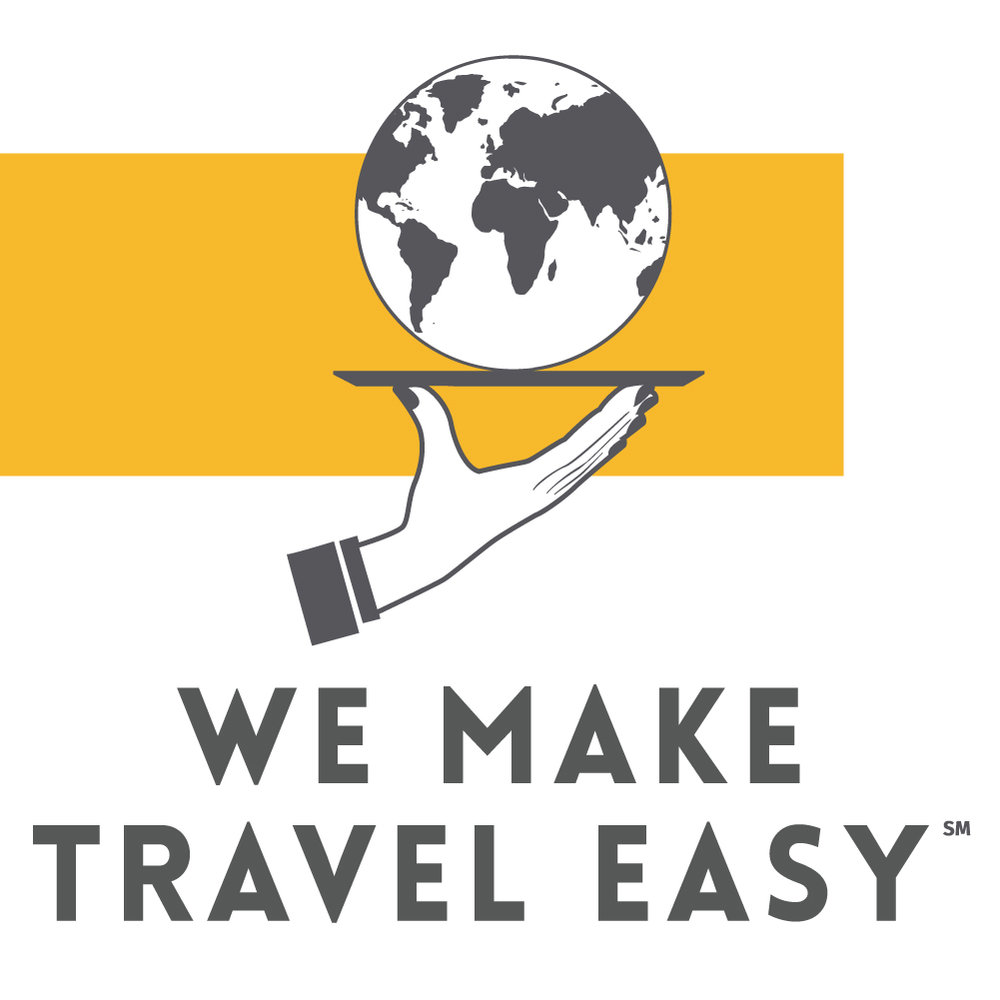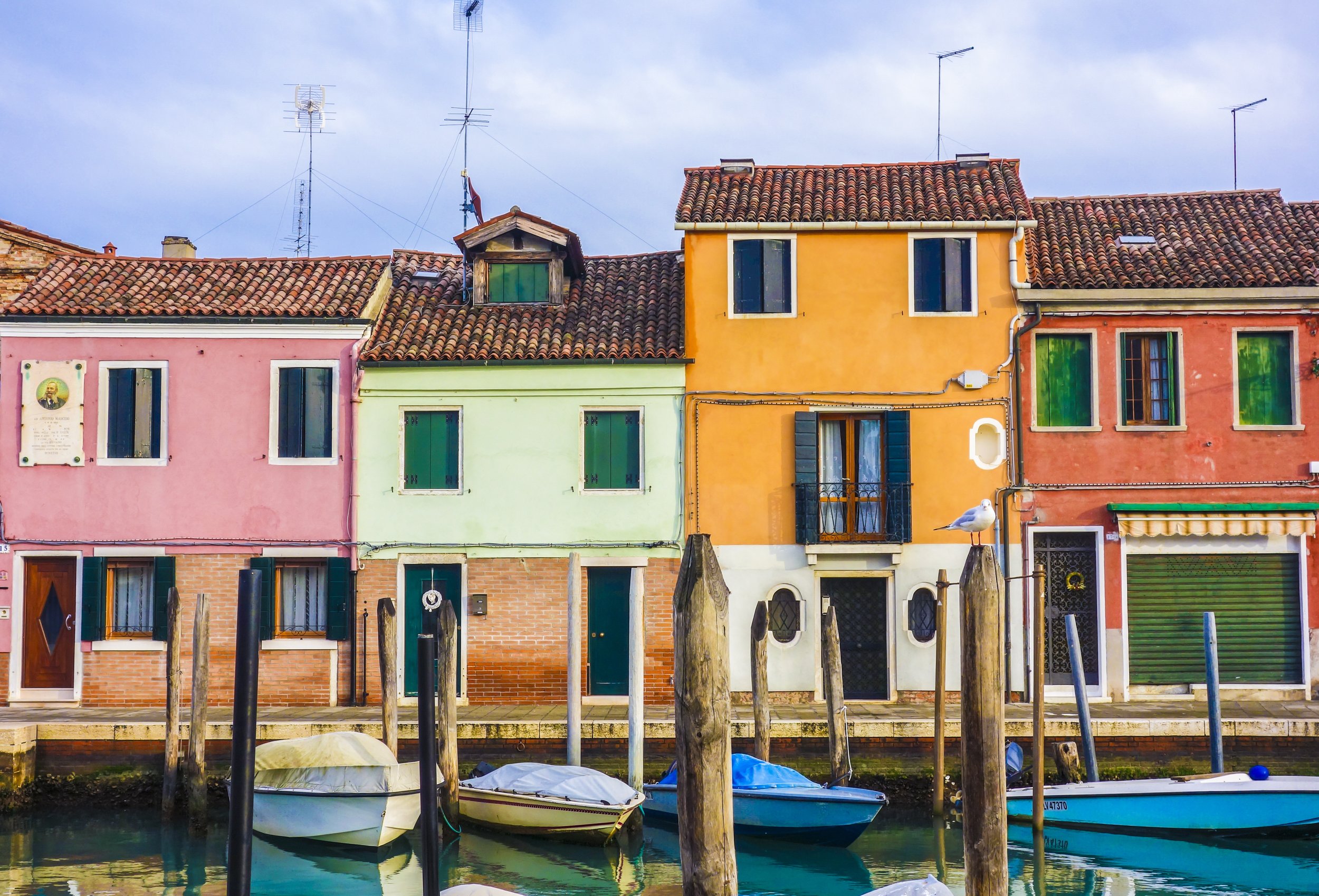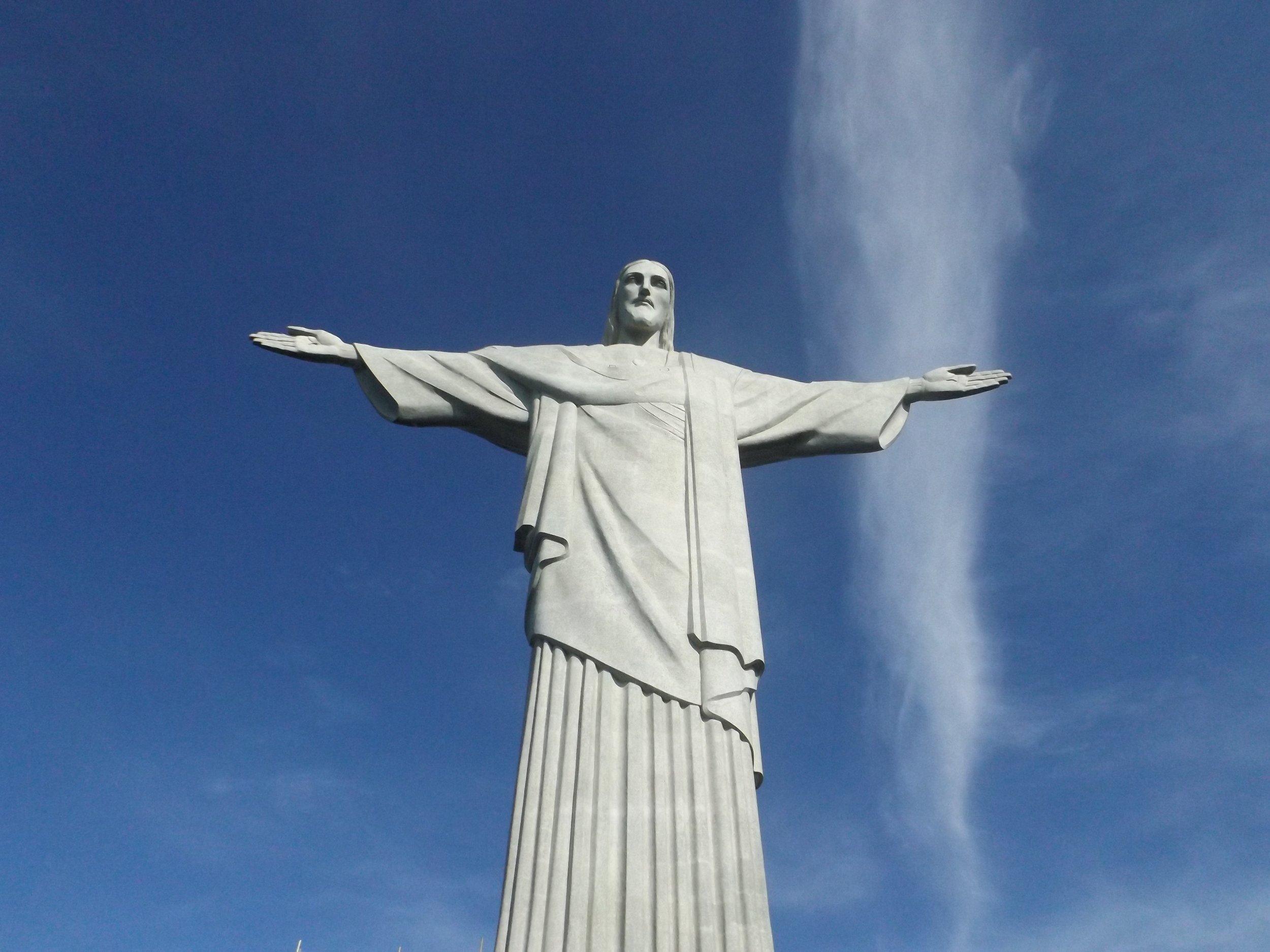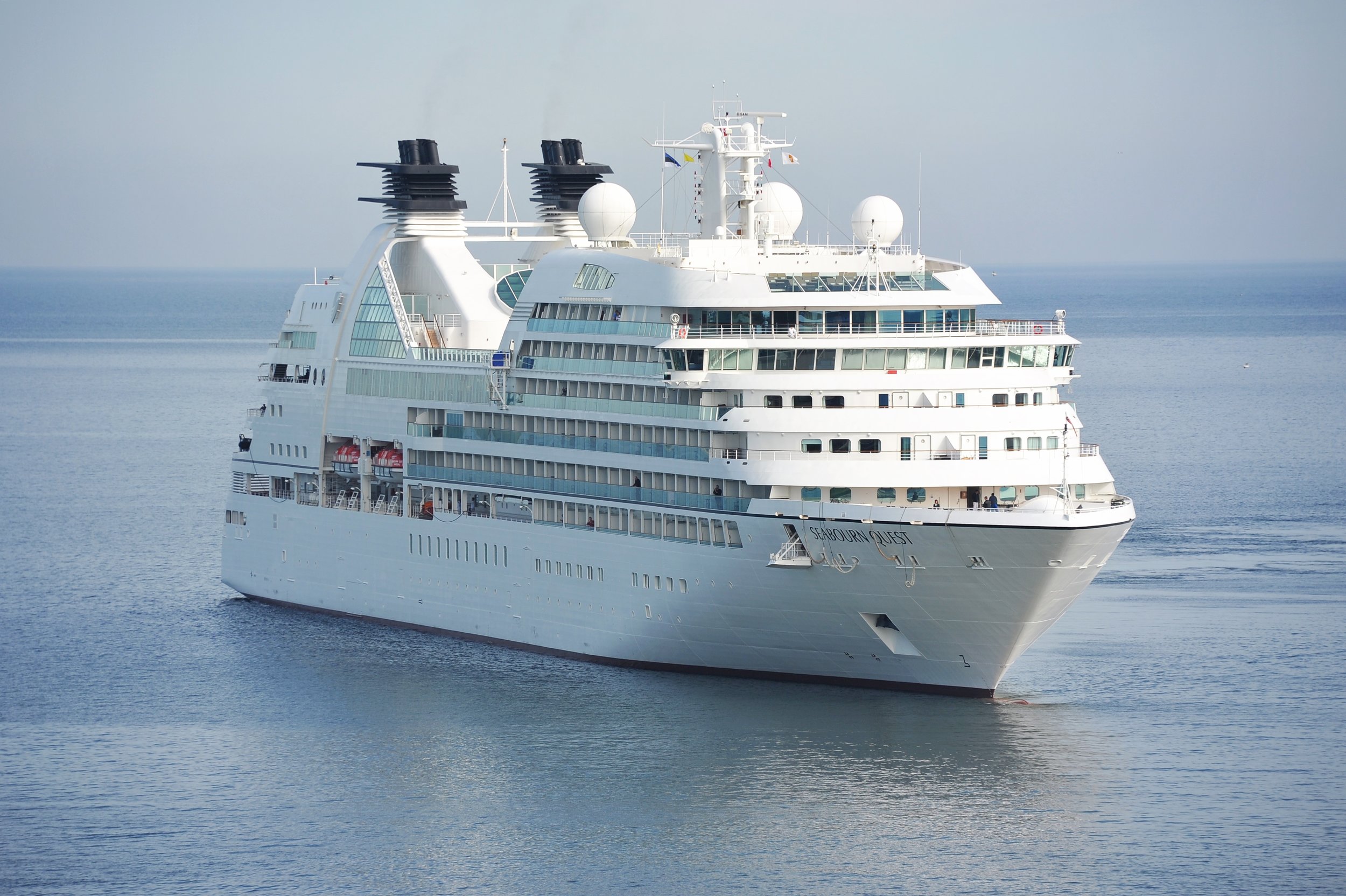This is a very common question and it changes over time. I’m not sure I found the best crystal ball, but here’s what the experts are saying in 2019.
1. Tuesday seems to be most beneficial:
If you want to get Geeky about it, then 3 pm EST for US domestic flight is said to be best. Why? Airlines release weekly sales early on Tuesday mornings. That alerts their competitors to match prices.
2. The Goldilocks Principle:
Don’t shop too early or too late. The just right spot is:
US Domestic flights: Between 90 to 30 days before departure.
International flights: 165 to 45 days before departure. That has come down. It used to be 255 days.
3. Holiday/Peak Season Travel:
For US travel buy at least 2 months in advance.
4. Be on the lookout for flash sales.
One never knows when an airline can drop prices for a day or so.
5. Compare prices:
No airline has the corner on the cheapest fare. Southwest is not always the cheapest. Check it out.
6. Cheapest days to Fly:
In the US, Tuesday Wednesday and Saturday. Most expensive, Friday and Sunday.
7. Convenience verses price:
Non-stops are convenient, but you pay for that. If you are wiling to make a stop or two, you can save bucks.
8. Book tickets one at a time:
If you are traveling with a companion, check the price for each ticket separately to save money. Airlines have fixed amount of tickets in a fare basis. For example, if they have one left at $100 and you want two tickets, they have to sell you the 2 tickets at the same price. It’s a setting in their system. That means you will pay $250. If you bought one at a time, you would pay $225. Sometimes it’s worth having everyone on one itinerary, especially if you are traveling with children. You have to weigh the cost verses other concerns.
Now you know what the experts say. Use what you can, but don’t let price be the only driver in choosing your flights. Sometimes convenience is worth the difference.
Another piece of advice: Connecting times between flights
For a domestic flight at least 1 hour. For a connecting flight in Europe at least 2 hours and three might be better. For return to the US from an international flight, 3 hours. Especially if you are going through passport control at a major airport. That can take a lot of time, if a lot of flights land at the same time. Then you may have to change terminals to get to your domestic connection
The days of tight connections between flights are long gone. Give you self that extra time, Relax, have a glass of wine or a cup of coffee or do some shopping in the tempting stores. It’s just not worth the stress. You are traveling to relax and have fun. Airports have become much more user friendly. Some even have great museum exhibits or yoga rooms. Check it out next time.
Happy Landings!
Call me, let's talk! 415 931-1945.
Prefer to email? info@WeMakeTravelEasy.com
















